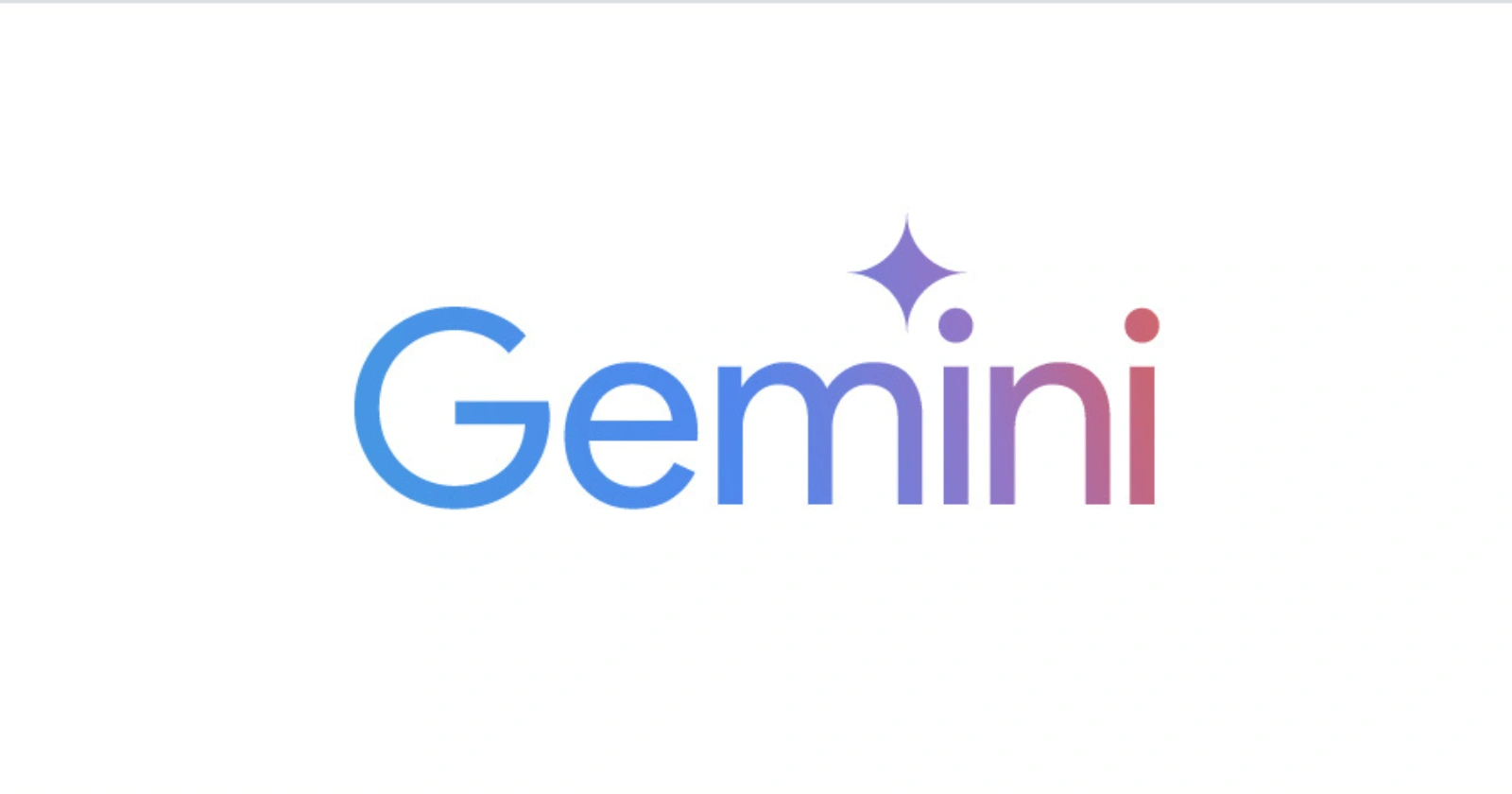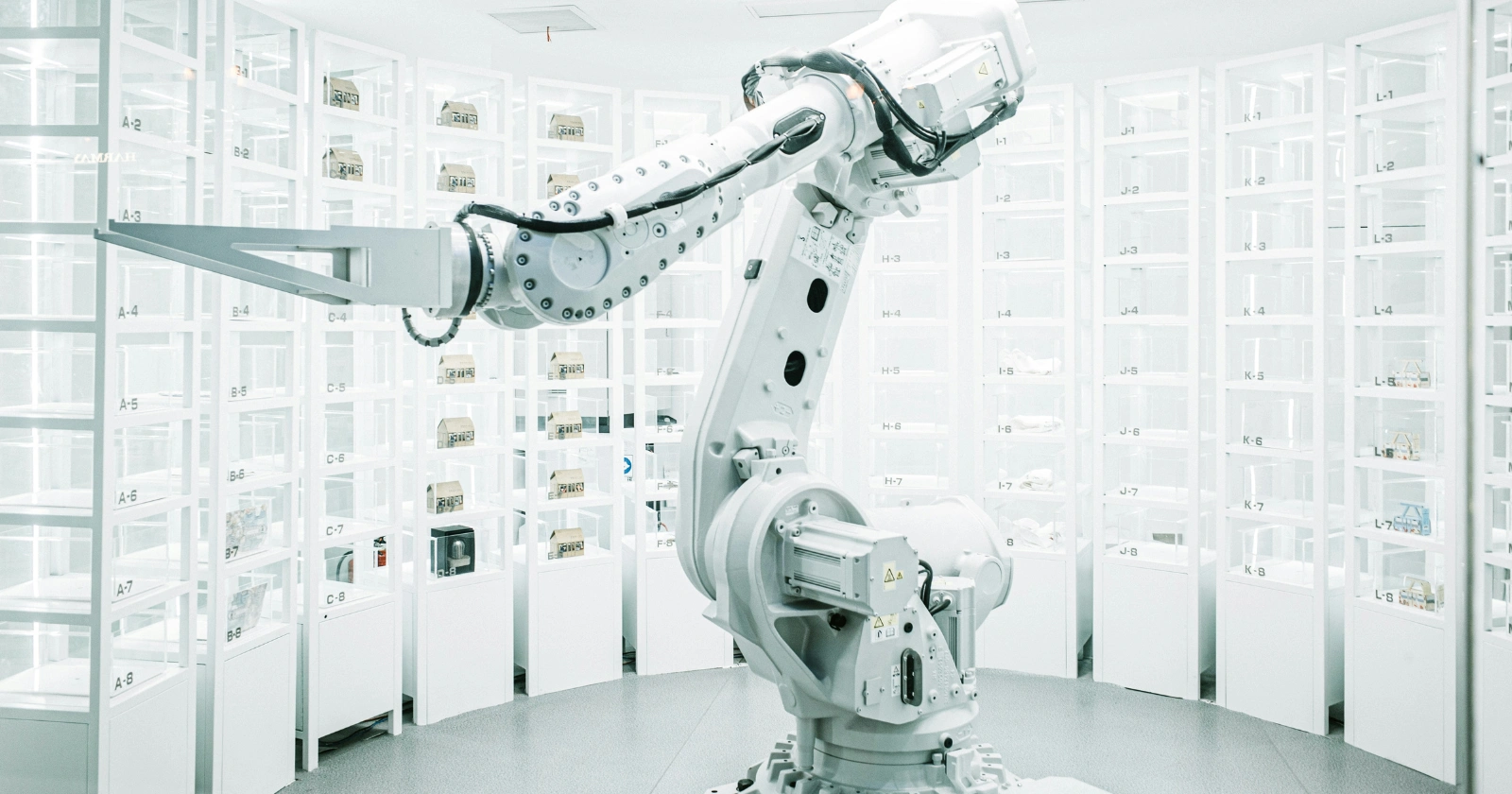Robotics has entered a transformative phase where machines are no longer bound to simple, repetitive tasks. With the introduction of Gemini Robotics 1.5 and its embodied reasoning counterpart, Gemini Robotics-ER 1.5, robots are now capable of thinking through challenges, planning multiple steps ahead, and adapting to changing environments. This marks one of the most significant milestones in artificial intelligence, shifting robots from reactive machines into intelligent agents that reason, act, and even learn from each other.
The development comes from Google DeepMind, a leader in advanced AI systems, and reflects years of progress in vision-language models and embodied reasoning. Unlike earlier robots that could only follow singular instructions, these new models introduce agentic capabilities. They enable robots to perceive their surroundings, gather contextual knowledge through digital tools, and act with structured decision-making.
This step forward does more than improve machine efficiency. It redefines how robotics will integrate into everyday human life—from managing household chores to supporting industrial operations. The leap is not just technical but also cultural, signaling how human and machine collaboration is reshaping the future.
From Instruction Followers to Problem-Solvers
For decades, the limitation of robots lay in their reliance on pre-programmed instructions. A task such as folding laundry or sorting recycling bins required exact coding, leaving no room for adaptability or complex reasoning. Robots could execute commands but not interpret them in broader contexts.
Gemini Robotics 1.5 changes this paradigm. As a vision-language-action (VLA) model, it interprets both visual data and natural language, transforming them into actionable motor commands. More importantly, it incorporates a thinking layer—evaluating steps internally before acting. This means the robot no longer jumps from command to motion but first reasons through possible pathways to achieve success.
Paired with Gemini Robotics-ER 1.5, the system evolves into a two-layered intelligence. The embodied reasoning model acts as the planner, while the vision-language-action model executes. Together, they allow robots to carry out tasks like packing a suitcase based on current weather data or managing complex waste sorting according to local regulations.
Key Features That Redefine Robotics
Multi-Step Planning
Robots equipped with these models can now think several steps ahead, reducing failure in complex environments. They approach challenges the way humans do—breaking them into smaller, achievable actions.
Web-Enabled Contextual Learning
Through Gemini Robotics-ER 1.5, robots can natively call tools like Google Search. This allows them to gather up-to-date, location-specific knowledge before acting. For example, when sorting compost, recycling, and trash, the robot can look up the rules for a specific city rather than relying on static programming.
Learning Across Robots
One of the most notable breakthroughs is cross-embodiment learning. A skill mastered by one robot can be transferred to another, even if their physical designs differ. A task learned by the ALOHA2 robotic arms can be replicated on a humanoid robot like Apollo without retraining the model from scratch.
Transparent Reasoning
Instead of executing commands blindly, Gemini Robotics 1.5 explains its reasoning in natural language. This creates transparency and trust, as humans can understand the decision-making process.
A Comparison of Capabilities
| Feature | Traditional Robots | Gemini Robotics 1.5 | Gemini Robotics-ER 1.5 |
|---|---|---|---|
| Task Execution | Single instruction | Multi-step execution | Multi-step planning and orchestration |
| Learning Ability | Limited to code | Learns across robots | Transfers skills between embodiments |
| Environmental Adaptation | Low | Moderate | High, with contextual understanding |
| Access to External Knowledge | None | None | Uses tools like Google Search |
| Transparency in Reasoning | None | Explains actions | Explains plans and outcomes |
| Suitability for Complex Tasks | Low | Moderate | High |
Potential Applications Across Industries
Smart Homes
Imagine a household robot that can not only clean but also plan chores. Gemini Robotics models make this possible. Robots could manage laundry, organize kitchens, or plan grocery storage by expiration dates.
Healthcare Support
While these systems are not substitutes for medical expertise, they can provide valuable assistance. Robots could fetch supplies, prepare sanitized environments, or guide patients through routine processes.
Manufacturing and Logistics
Factories could deploy robots that adapt to changing production lines, while warehouses could benefit from robots capable of multi-step inventory management and contextual adjustments.
Disaster Relief and Rescue
Equipped with reasoning models, robots may one day navigate hazardous environments, assess risks, and carry out coordinated rescue operations, improving safety for human responders.
Responsible Development and Safety
Innovation at this scale raises inevitable questions about safety. DeepMind has implemented a Responsible and Safety Council to ensure alignment with ethical frameworks. The Gemini models incorporate semantic reasoning about safety, helping robots avoid harmful actions. For instance, collision avoidance systems activate when needed, and robots consider safety protocols before executing tasks.
In addition, benchmarks like ASIMOV have been upgraded to measure not just performance but also semantic safety. This ensures that as robots grow more capable, their decisions remain aligned with human values and safety standards.
A Step Toward Artificial General Intelligence
Gemini Robotics 1.5 represents more than an incremental update. It is a foundational milestone toward artificial general intelligence (AGI) in the physical world. By combining reasoning, planning, action, and adaptability, robots move closer to human-like intelligence.
This does not mean robots are replacing humans, but rather that they are becoming reliable partners in managing physical tasks. Their ability to reason transparently, learn across embodiments, and plan contextually represents a future where robotics complements human capability rather than competes with it.
Conclusion: Shaping the Future of Robotics
Gemini Robotics 1.5 is more than a technical achievement. It reflects a shift in how robots are understood and developed. These systems can now reason, plan, learn across embodiments, and integrate knowledge from the web. They do not just respond to commands but engage with the world in ways that mirror human thought processes.
The implications stretch across industries and daily life. From managing household routines to advancing industrial automation and improving disaster response, the applications are wide-reaching. With a strong emphasis on safety and responsibility, the path forward shows promise for building robots that are trustworthy partners.
This milestone signals a future where machines are not only efficient but also intelligent collaborators, capable of adapting to real-world complexities with foresight and responsibility. As research advances, the line between human reasoning and robotic problem-solving continues to blur, setting the stage for a world where intelligent robotics plays a central role in everyday life.
10 Frequently Asked Questions
1. What makes Gemini Robotics 1.5 different from earlier robots?
It incorporates vision-language-action capabilities that allow robots to think before acting, handle multi-step tasks, and explain decisions.
2. What role does Gemini Robotics-ER 1.5 play?
It acts as the planner, reasoning about the environment and breaking tasks into steps for Gemini Robotics 1.5 to execute.
3. Can these robots access the internet?
Yes, through Gemini Robotics-ER 1.5, robots can use tools like Google Search to gather real-time, contextual knowledge.
4. How do robots learn across embodiments?
The models transfer skills from one robot to another. A motion learned by a robotic arm can be executed by a humanoid without retraining.
5. Are these robots available for general use?
Currently, Gemini Robotics-ER 1.5 is available to developers via the Gemini API, while Gemini Robotics 1.5 is accessible to select partners.
6. What industries will benefit most from this technology?
Smart homes, manufacturing, logistics, healthcare support, and disaster response stand to benefit significantly.
7. How do the models ensure safety?
They incorporate semantic reasoning about safety, collision avoidance systems, and adherence to alignment policies established by DeepMind.
8. Does this mean robots are reaching human-level intelligence?
Not yet. While these models show progress toward AGI, they remain specialized tools. Human-level general intelligence is still a future milestone.
9. What benchmarks show their performance?
Gemini Robotics-ER 1.5 achieves state-of-the-art results across 15 academic embodied reasoning benchmarks, including ERQA and RoboSpatial.
10. Will these robots replace human workers?
Rather than replacing humans, the aim is to complement human skills by taking on complex, repetitive, or hazardous tasks.



